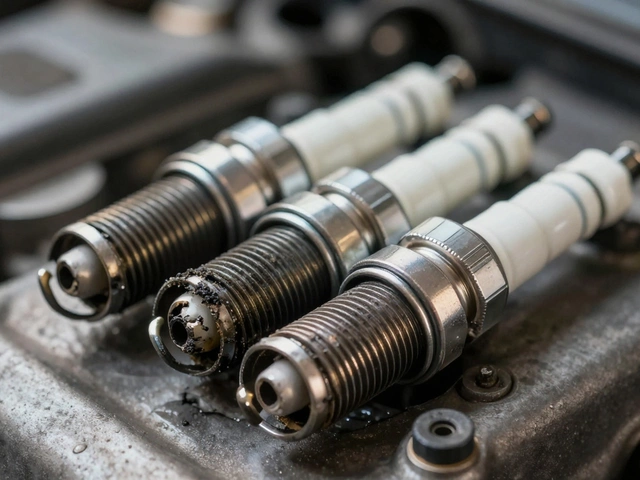Loudest Exhaust Guide – Make Your Car Roar Fast
If you love the growl of a high‑performance engine, the right exhaust can turn a quiet ride into a street‑shouting beast. A louder exhaust isn’t just about bragging rights; it can also hint at better flow and more power. Below you’ll get the practical steps to pick the perfect system, stay on the right side of the law, and keep everything running smooth.
Choosing the Right Exhaust
The first decision is the type of system you want. A straight‑pipe removes everything after the header, giving the loudest, raw sound but also losing back‑pressure that helps low‑end torque. A cat‑back kit keeps the catalytic converter (so you stay emissions‑legal) and replaces the pipe, muffler, and tips. Muffler‑delete kits keep the factory pipe but swap out the muffler for a straight‑through design, offering a big sound jump without the cost of a full cat‑back.
Performance mufflers sit in the middle – they use chambers and perforated cores to create a deep, throaty tone while still giving some quiet at low RPM. If you want a specific sound, look for brands that market “gated” or “muscle” tones, and read owner reviews for real‑world noise levels.
Material matters too. Stainless steel is the most common; it resists rust and lasts long. Titanium is lighter and can add a slightly sharper tone, but it costs more. For most street owners, a good grade of stainless steel is the sweet spot between price and durability.
Legal and Practical Things to Remember
In the UK, a louder exhaust can spark an MOT failure if it exceeds the 74 dB(A) limit at 500 rpm on the outside of the vehicle. That means a full straight‑pipe on a daily driver is risky. Cat‑back kits that keep the catalytic converter usually stay within limits, but always check the spec sheet for dB ratings.
Neighbour complaints are another reality. A exhaust that’s too loud at night can lead to nuisance claims, so think about where you park and how often you’ll be on public roads. Some owners install a removable resonator – you can take it off for track days and put it back for street use.
Performance isn’t just about sound. A freer‑flowing exhaust can improve horsepower by 5‑10 % on a well‑tuned engine, but you may also see a slight drop in low‑end torque if back‑pressure is reduced too much. Pairing a louder exhaust with a proper tune or remap helps you get the power gains without feeling the car dip at lower speeds.
Maintenance is simple but necessary. Grease the flanges before fitting, use anti‑seize on bolts, and torque everything to the manufacturer’s spec. Check the pipes for rust or dents every few months, especially if you live near the coast. A quick wash with a low‑pressure hose keeps the finish looking good and prevents corrosion.
When you’re ready to upgrade, swing by Northwich Tyres Centre. They can fit most cat‑back and muffler‑delete kits, run the correct torque settings, and make sure your new system passes the MOT. With a quick fit and a test run, you’ll hear the difference right away.
 18 February 2025
18 February 2025
Loudest Exhaust Types: A Deep Dive into Decibels and Roar
Discover what makes some exhaust systems louder than others and explore the wild world of sound engineering. In this article, we'll delve into how different materials, shapes, and installation techniques can affect the noise levels of exhaust systems. Get ready to learn which types of exhausts are known for their earth-shaking roars and why some drivers crave the auditory experience. Whether you're a gearhead or just curious, this article will uncover the nuances of noisy exhausts. We'll even offer some practical tips for those tempted by the rumble.






0